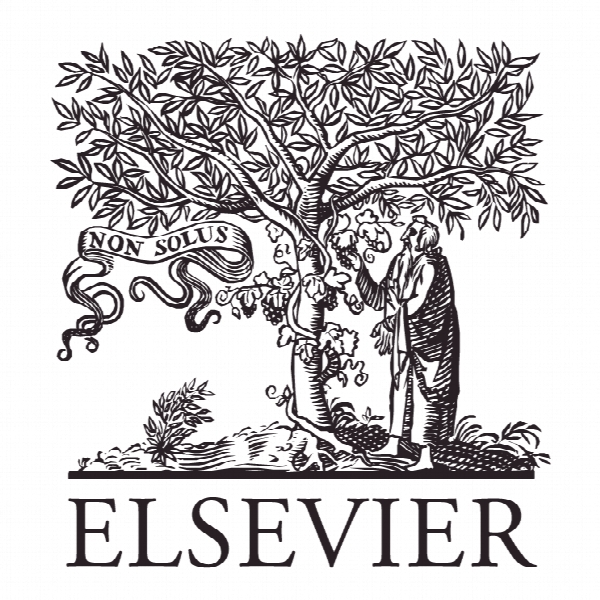چسبندگی قیمت و تغییرات افزایش نرخ اجناس در بازی های بازار Price stickiness and markup variations in market games
- نوع فایل : کتاب
- زبان : انگلیسی
- ناشر : Elsevier
- چاپ و سال / کشور: 2018
توضیحات
رشته های مرتبط اقتصاد
گرایش های مرتبط اقتصاد پولی
مجله اقتصاد ریاضی – Journal of Mathematical Economics
دانشگاه Department of Economics – University of Kansas – USA
منتشر شده در نشریه الزویر
کلمات کلیدی تعادل عمومی، بازی بازار، سختی قیمت
گرایش های مرتبط اقتصاد پولی
مجله اقتصاد ریاضی – Journal of Mathematical Economics
دانشگاه Department of Economics – University of Kansas – USA
منتشر شده در نشریه الزویر
کلمات کلیدی تعادل عمومی، بازی بازار، سختی قیمت
Description
1. Introduction Contemporary macroeconomic theory has been built on the three pillars of imperfect competition, nominal price rigidity, and strategic complementarity. The stickiness of prices (and wages in particular) is a well-established empirical fact, with early observations about the phenomenon dating back to Alfred Marshall. Because the friction of price stickiness cannot occur in perfectly competitive markets, modern micro-founded (e.g., New Keynesian) models have been forced to abandon the standard Arrow-Debreu paradigm of perfect competition in favor of models where agents may influence market prices. Strategic complementarity enters the picture as a mechanism for explaining the kinds of coordination failures that lead to sustained slumps like the Great Depression or the aftermath of the 2007-2008 financial crisis. Early work by Cooper and John (1988) lay out the importance of these three features for macroeconomics. The need for imperfect competition becomes particularly transparent when one notes the importance of firms’ markups of prices over marginal costs in allowing for quantity adjustments independently of price adjustments in response to market shocks. This is because prices equal marginal costs in competitive markets, and any variation in quantities must be accompanied by variations in prices. For models with nominal rigidities to work, some degree of positive markups is necessary. The role of markups in macroeconomic fluctuations has been examined closely by Rotemberg and Woodford (1991, 1992, 1999). These papers have formed the basis for virtually all of the follow-on work in the new classical synthesis, and its reliance on imperfectly competitive market structures coupled with the dynamic structure of the neoclassical growth model. In most of this work, imperfect competition is introduced by imposing monopolistic competition via the Dixit and Stiglitz (1977) (hereinafter DS) model.


